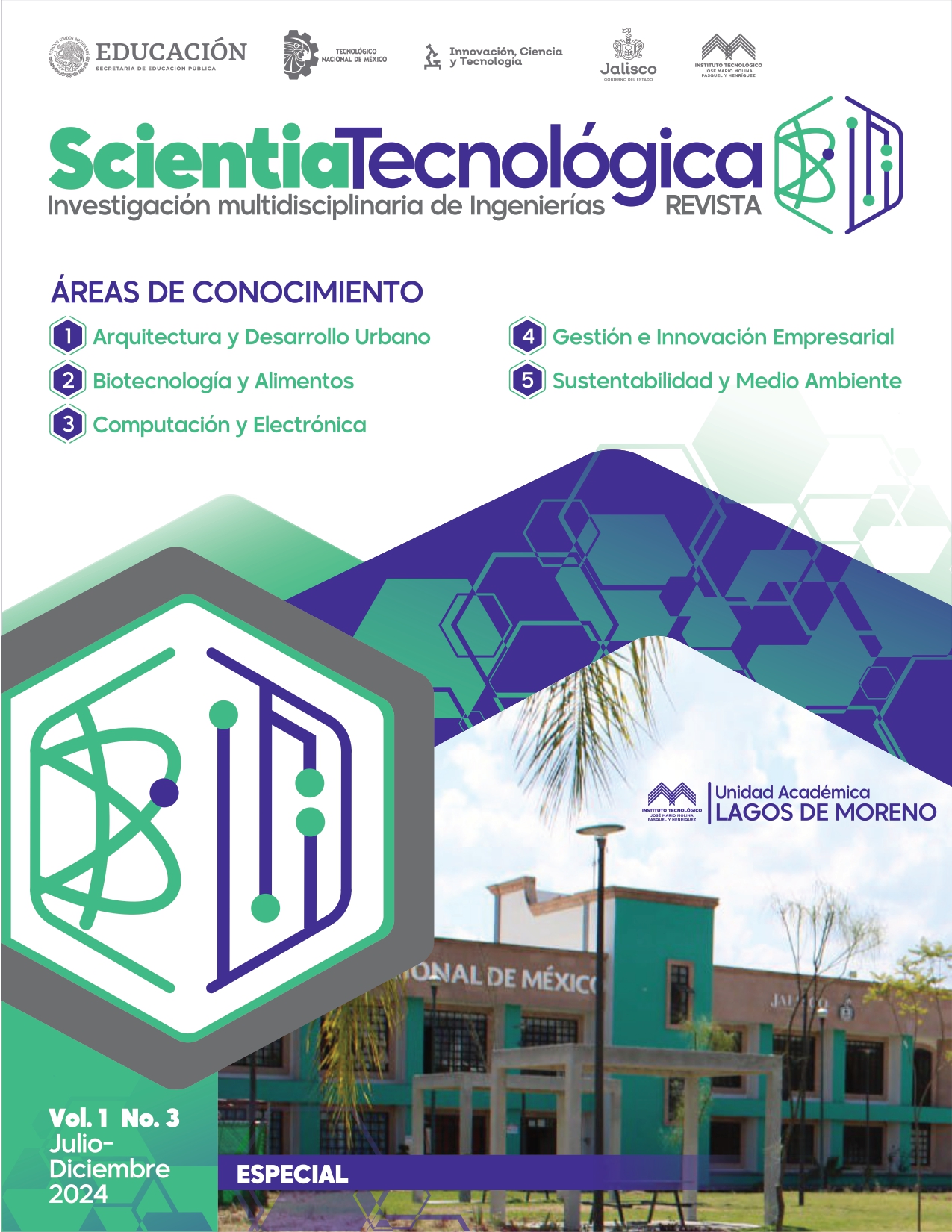Experimental mixture design for the recovery of residues from the food industry in the cultivation of Scenedesmus acutus
DOI:
https://doi.org/10.1234/e737vq12Resumen
Nejayote and food leachate are highly polluting effluents and a source of important organic matter load that is sometimes released into bodies of water such as rivers or lakes, soils or public sewers. Both residues are considered to cause pollution, which is why urgent measures are required. The objective of this research was to determine the optimal combination of nejayote and food leachate to be used as a culture medium for the microalgae Scenedesmus acutus. The initial concentration of this microalgae was 0.5 g/L, the experiments lasted 20 days and the treatments had concentrations of 0, 10, 25, 50 and 90% of nejayote, food leachate and Bold medium. In the experiments, a biomass concentration higher than 6 g/L was achieved, an uptake of ammonium and orthophosphates up to 83 and 89 respectively. These results show that microalgae can be used to treat this type of liquid waste and, at the same time, used as a culture medium for microalgae. The resulting biomass can be used additionally to obtain other by-products of commercial interest.
Descargas
Publicado
Número
Sección
Licencia
Derechos de autor 2024 Scientia Tecnológica

Esta obra está bajo una licencia internacional Creative Commons Atribución-NoComercial-SinDerivadas 4.0.






